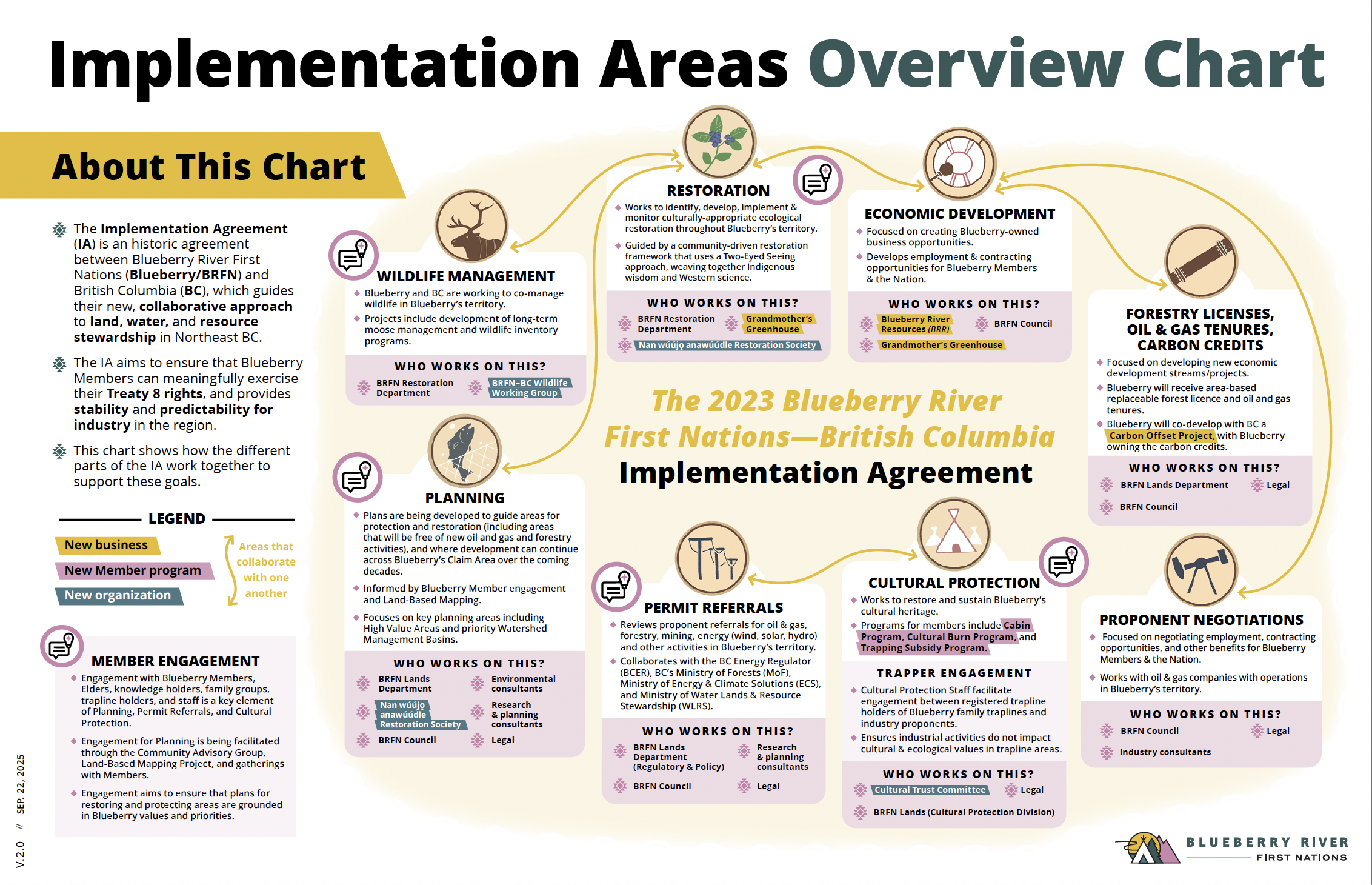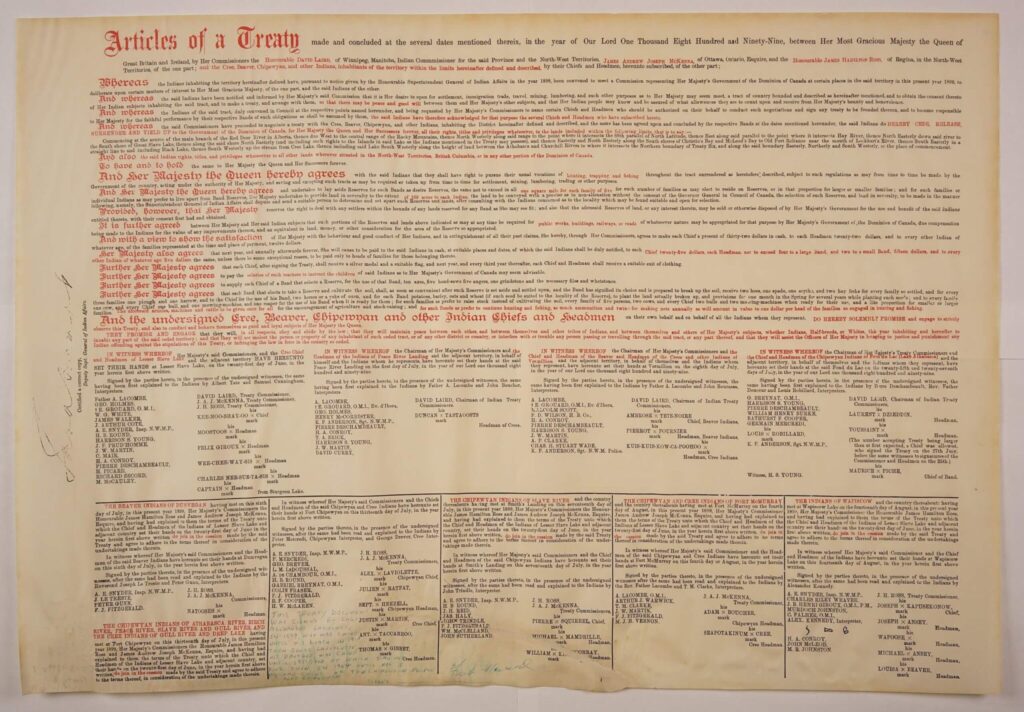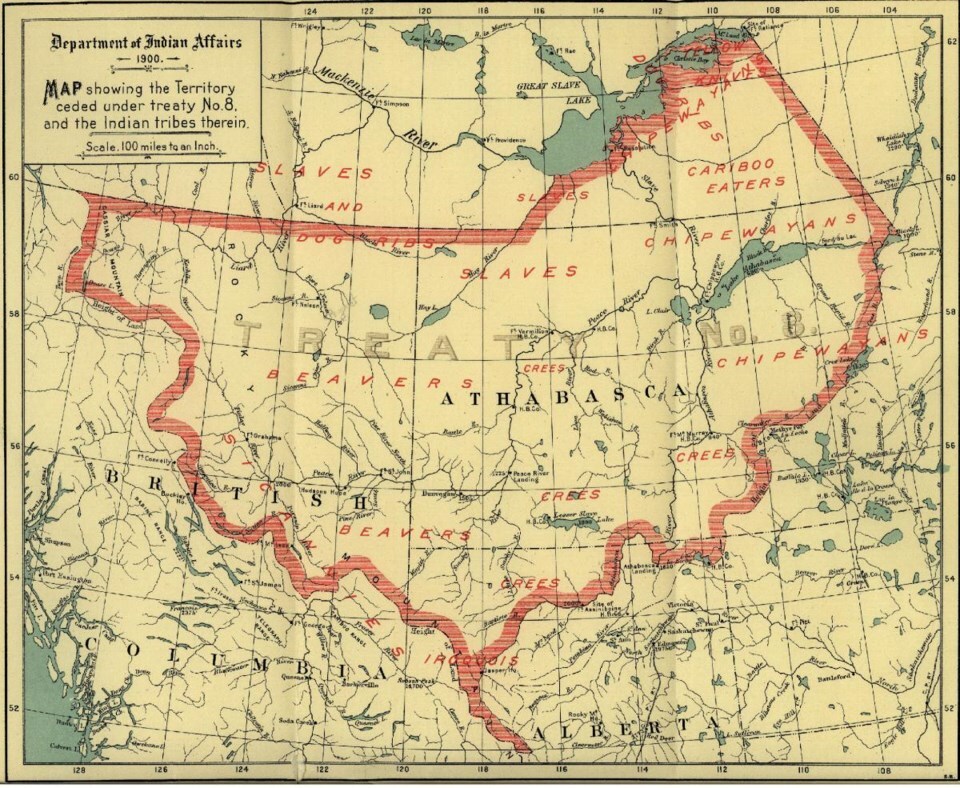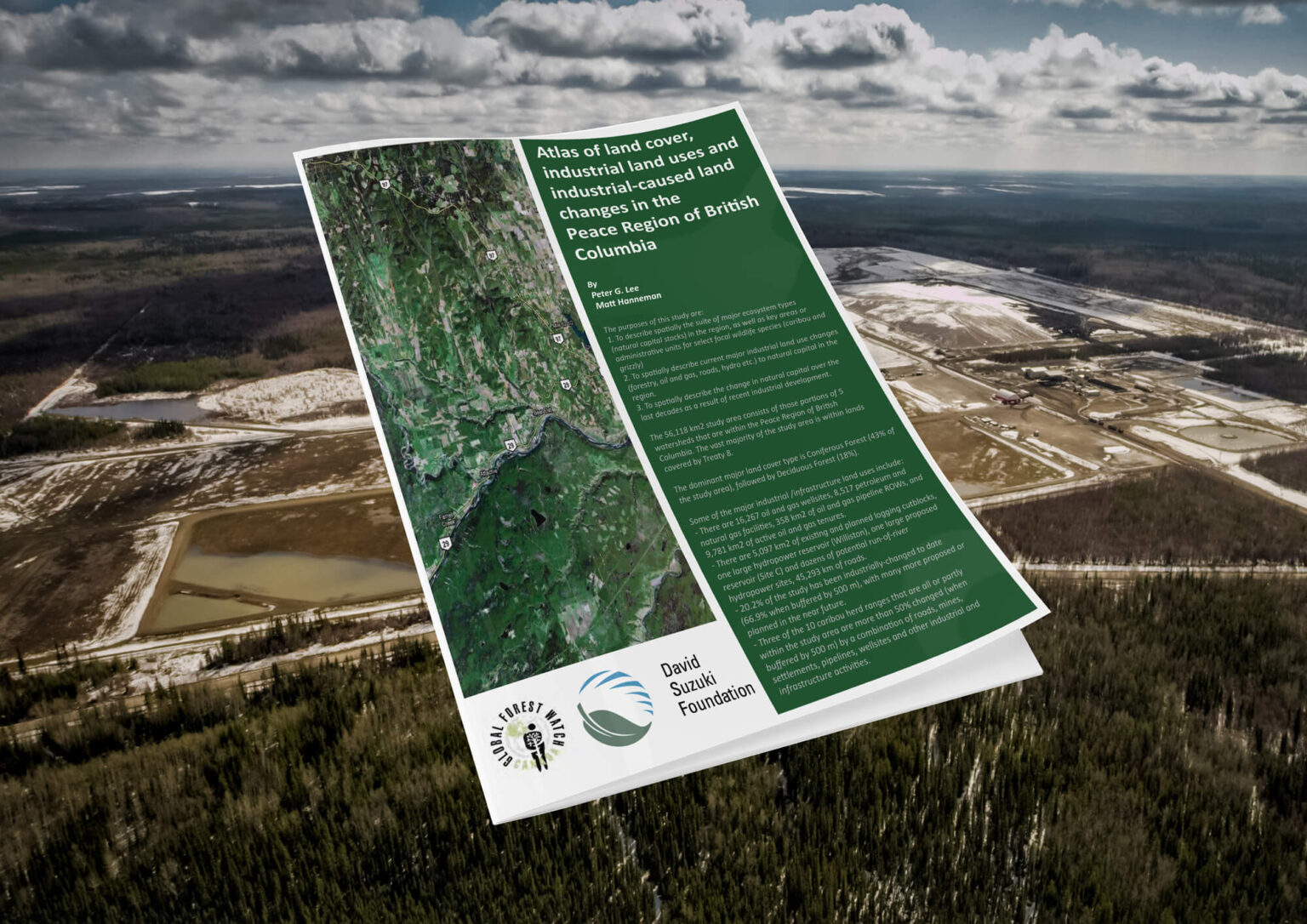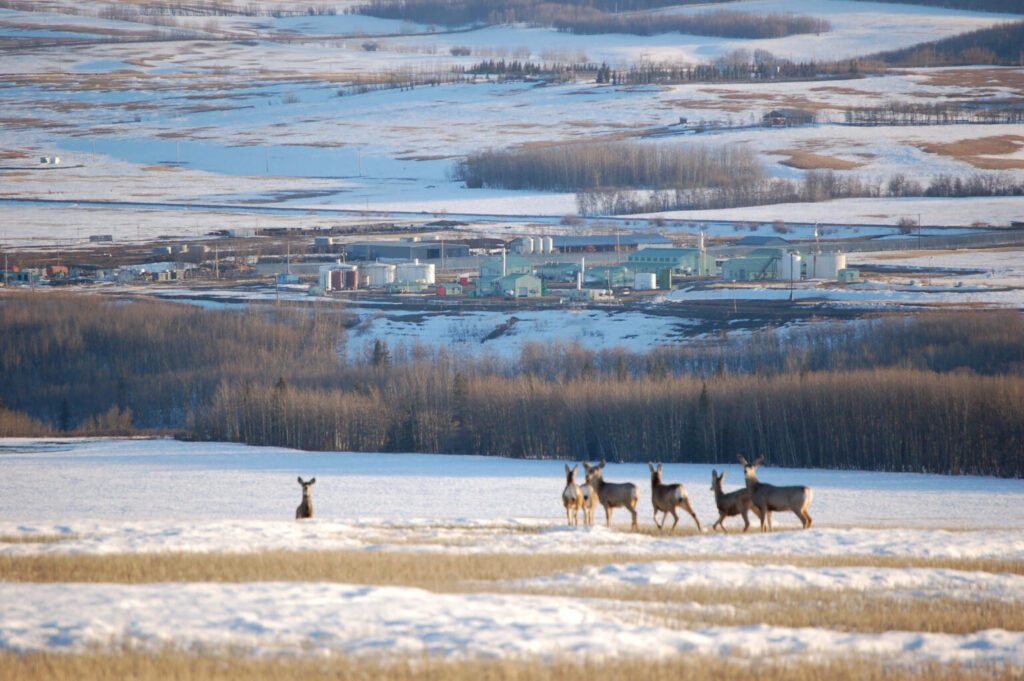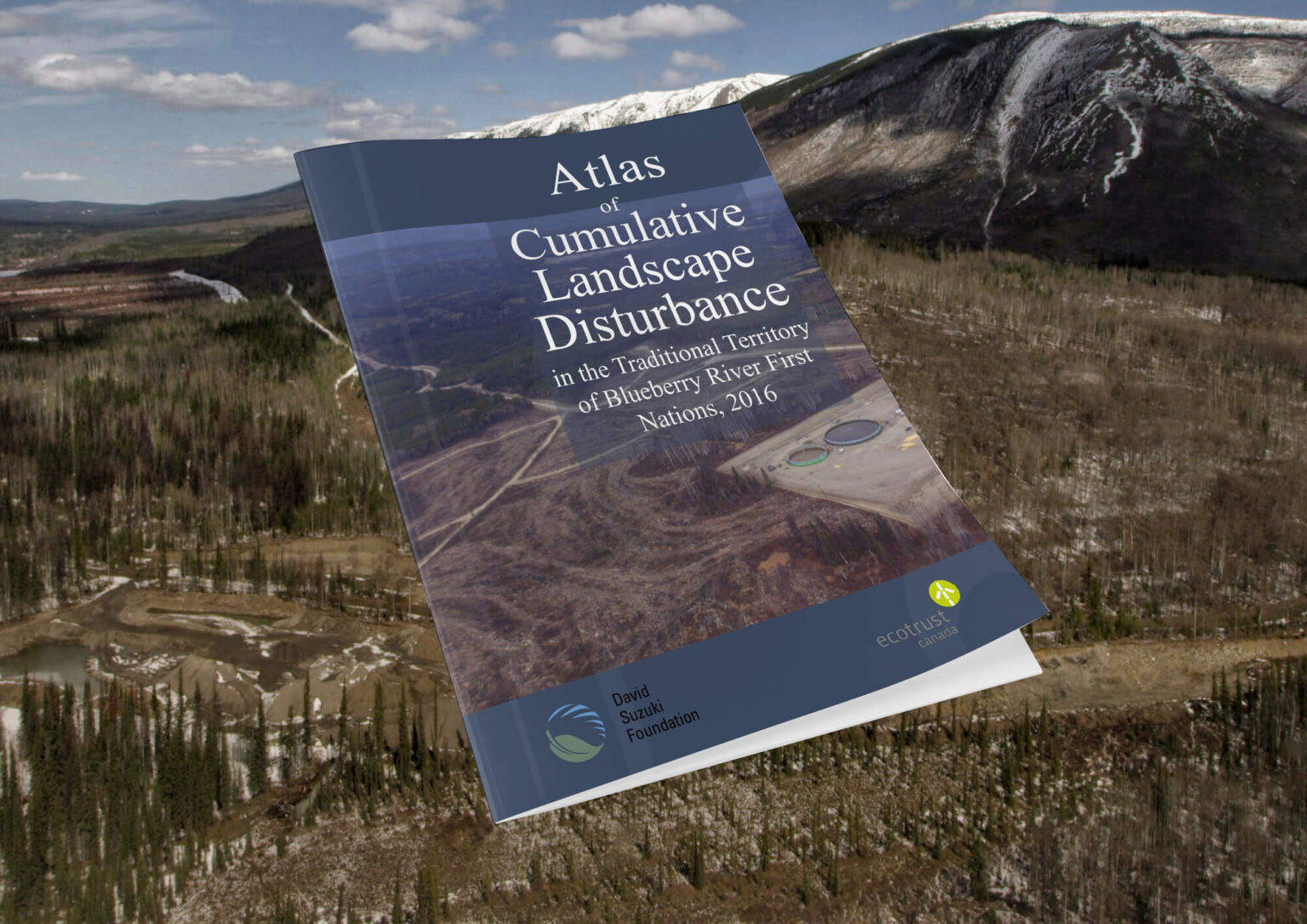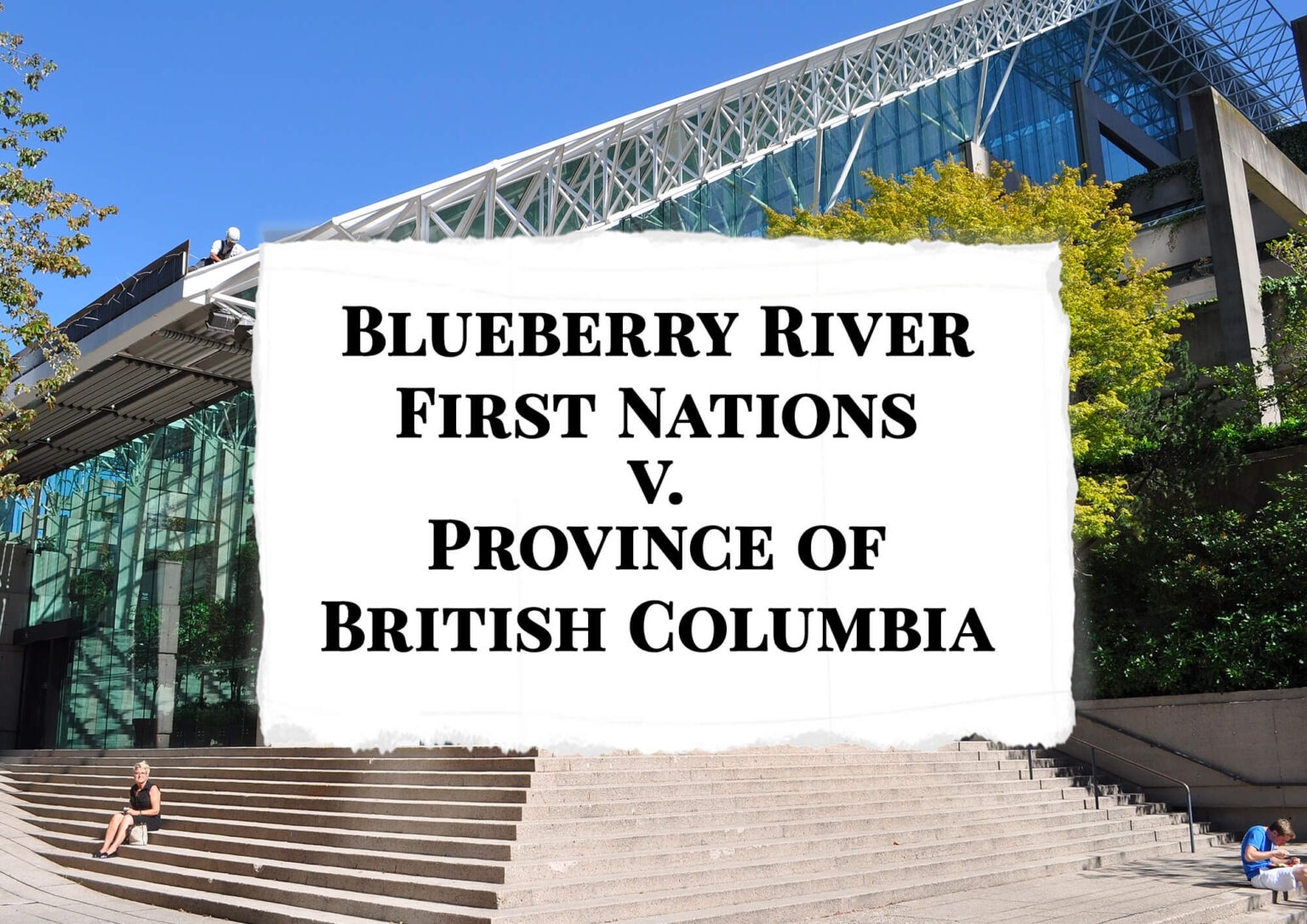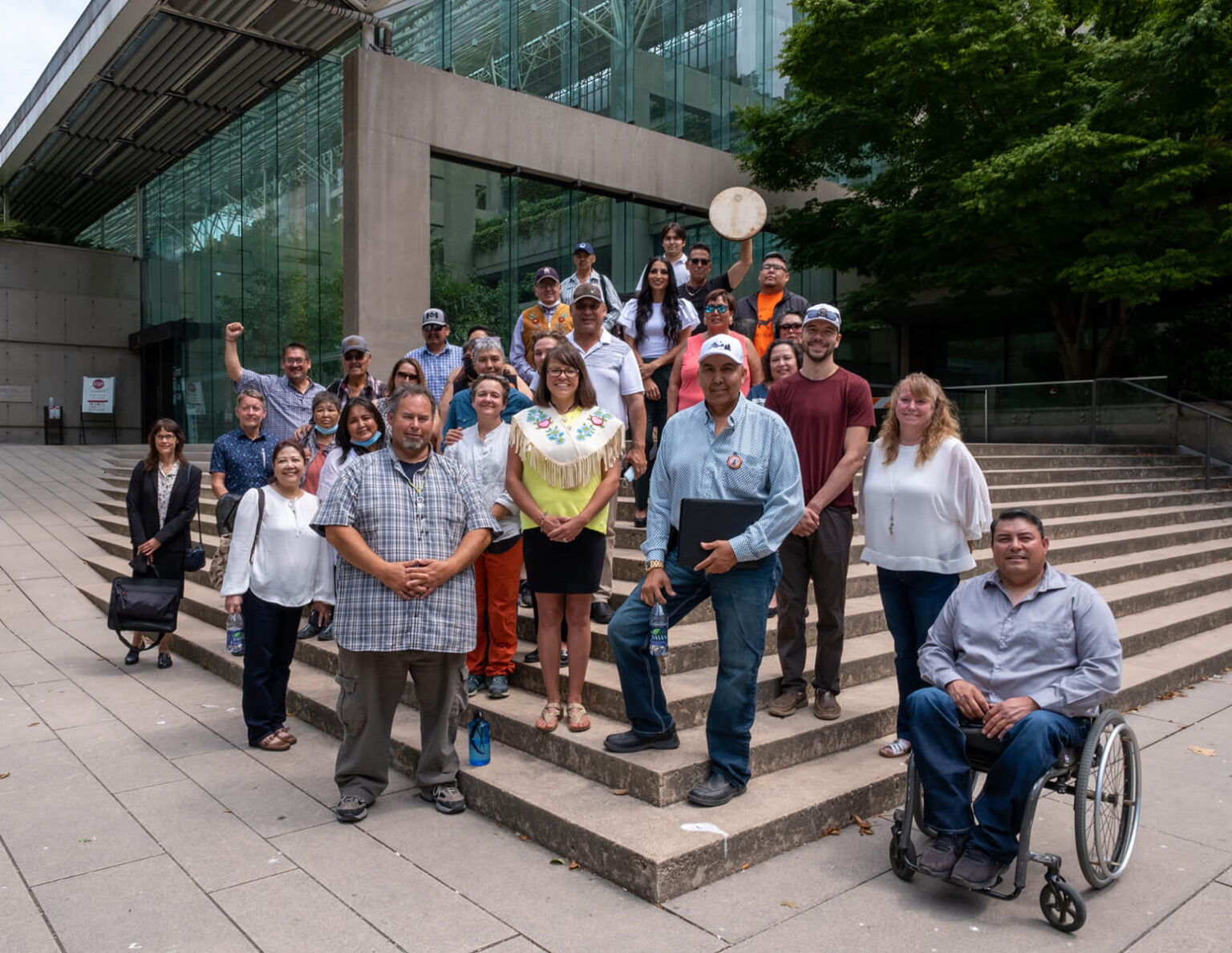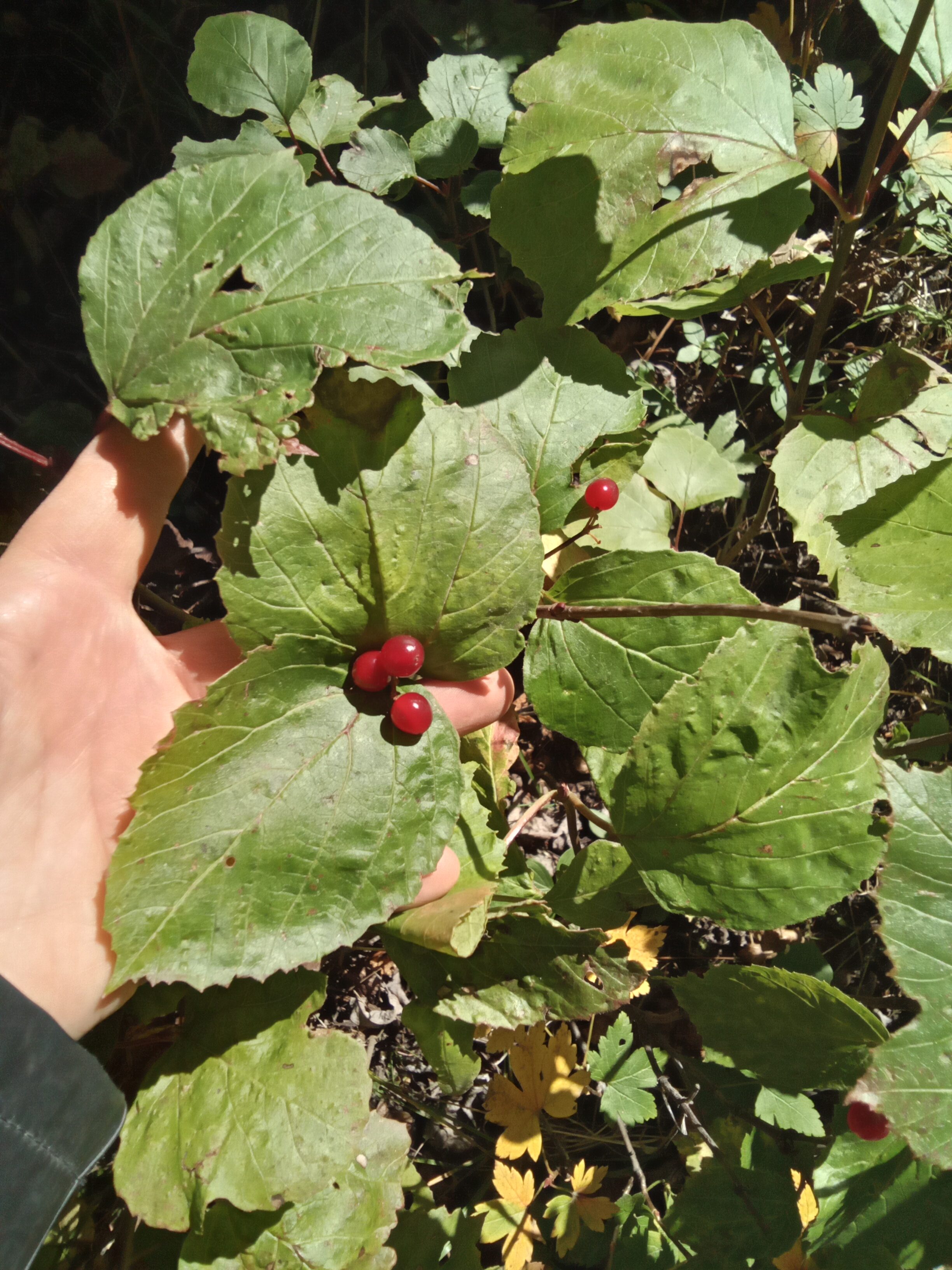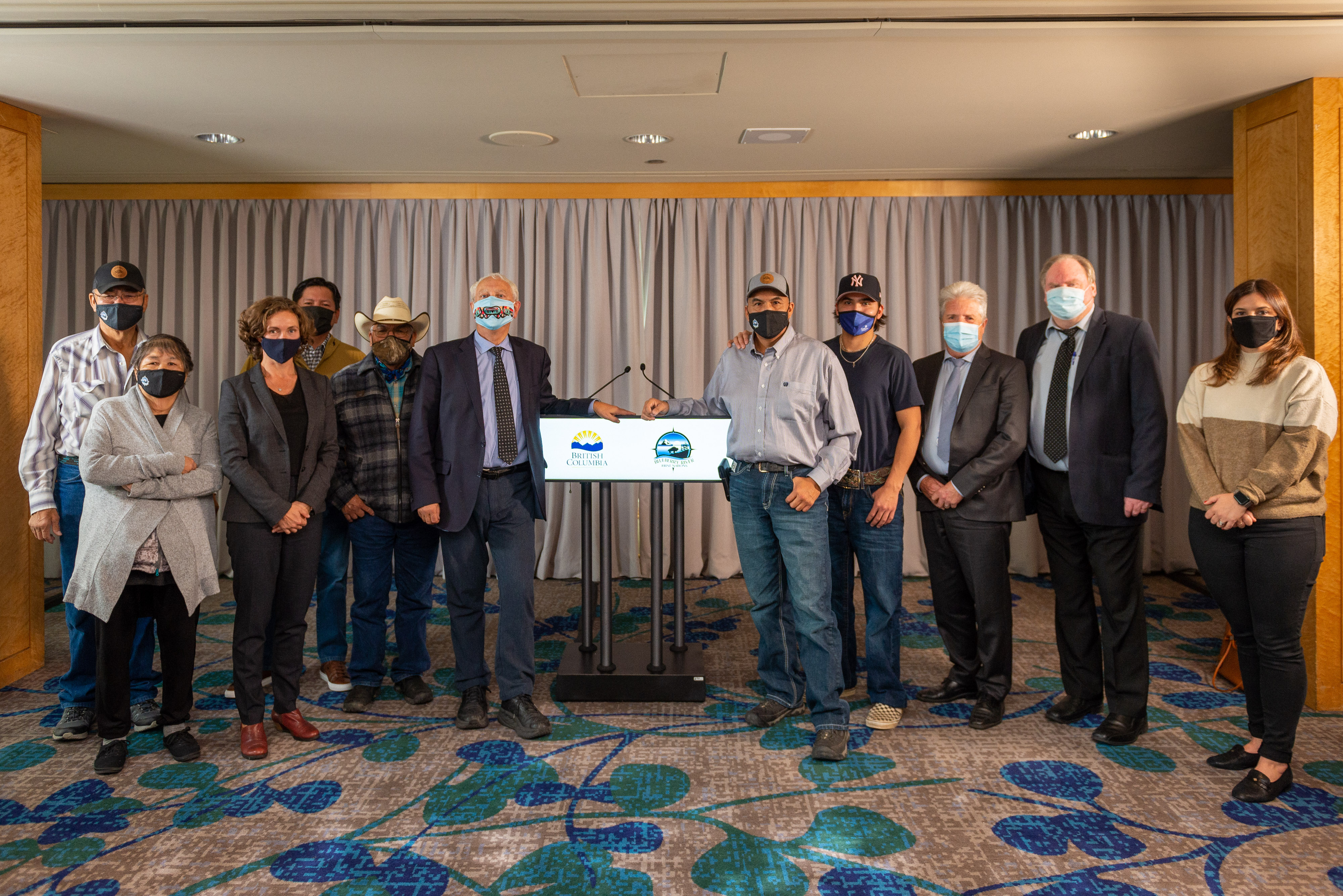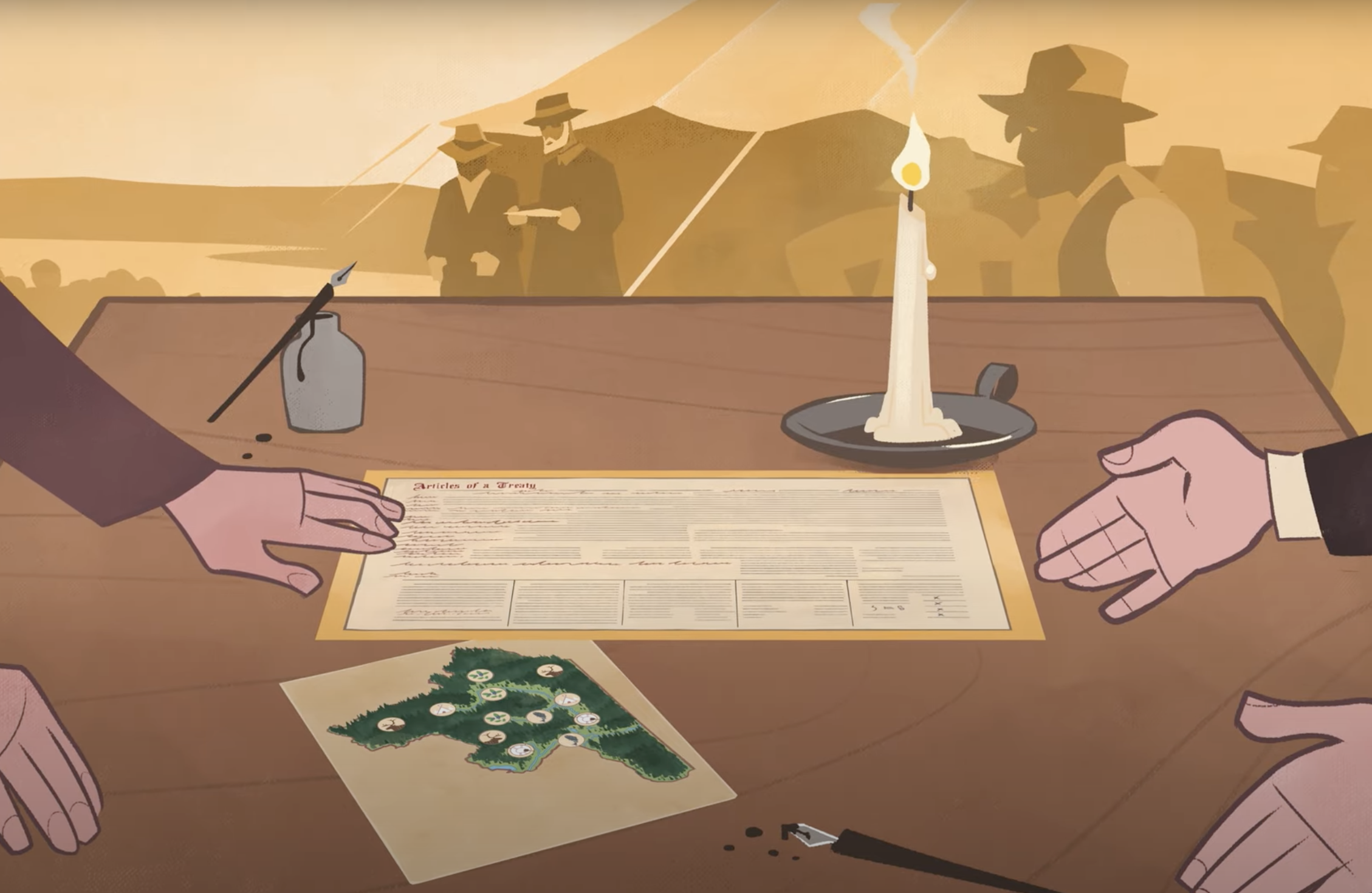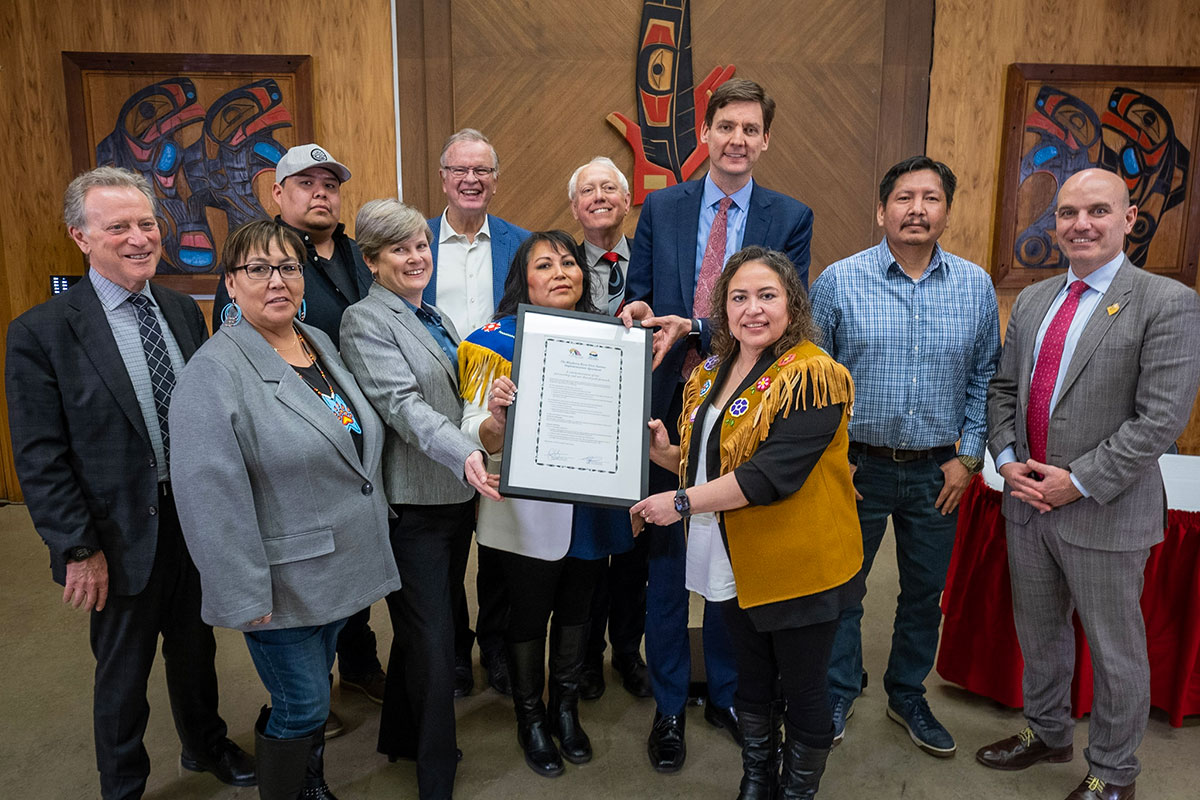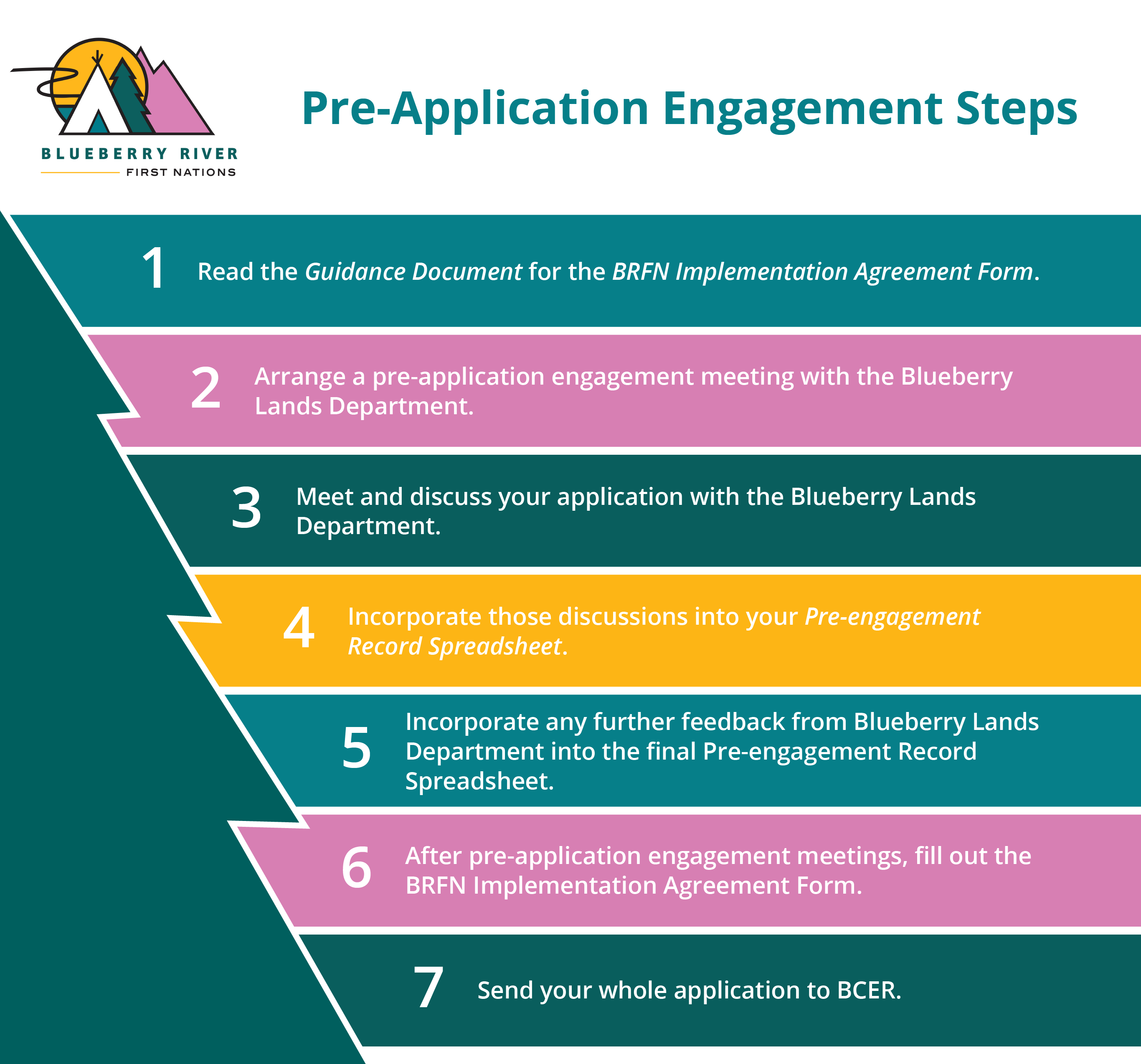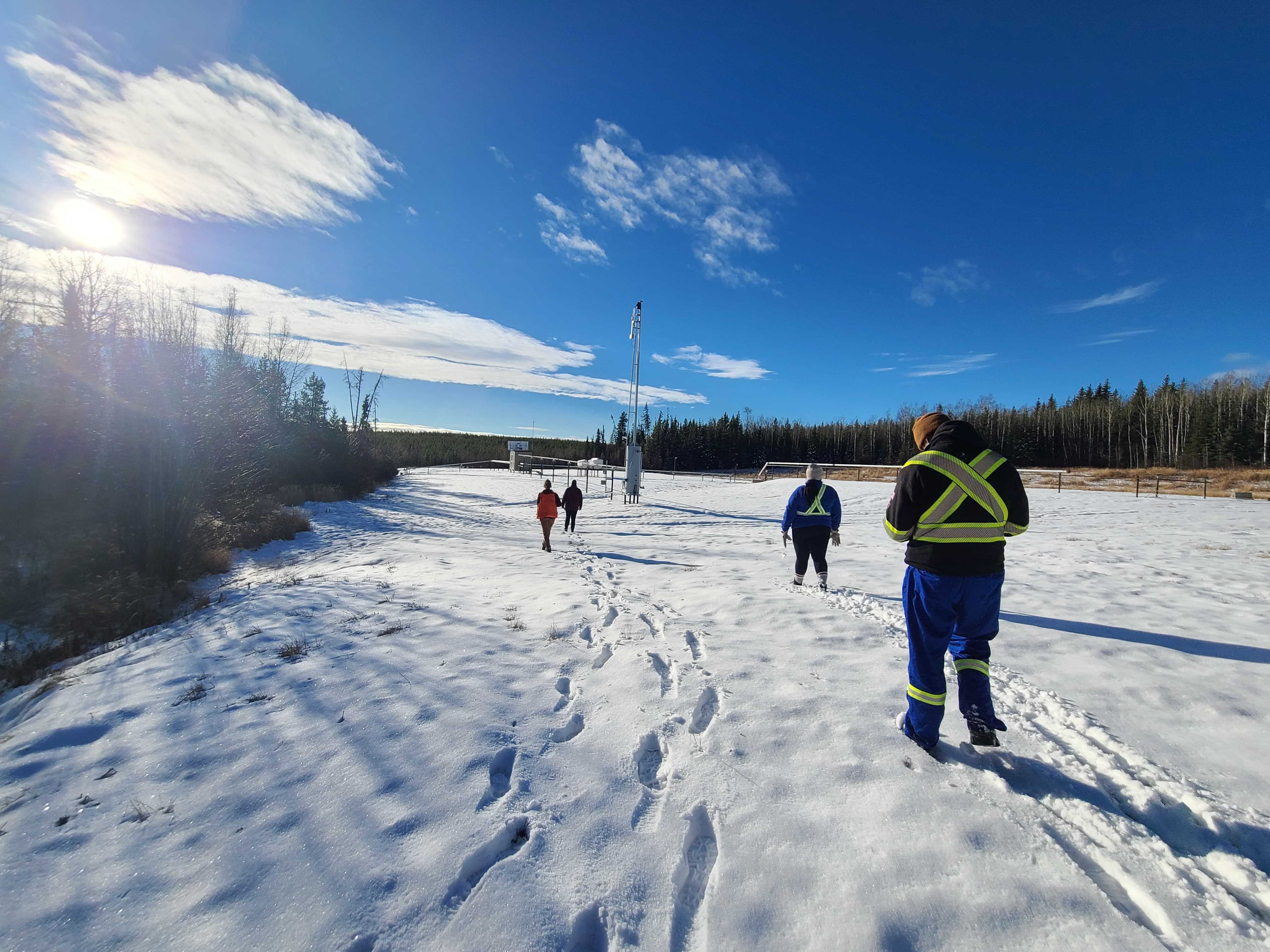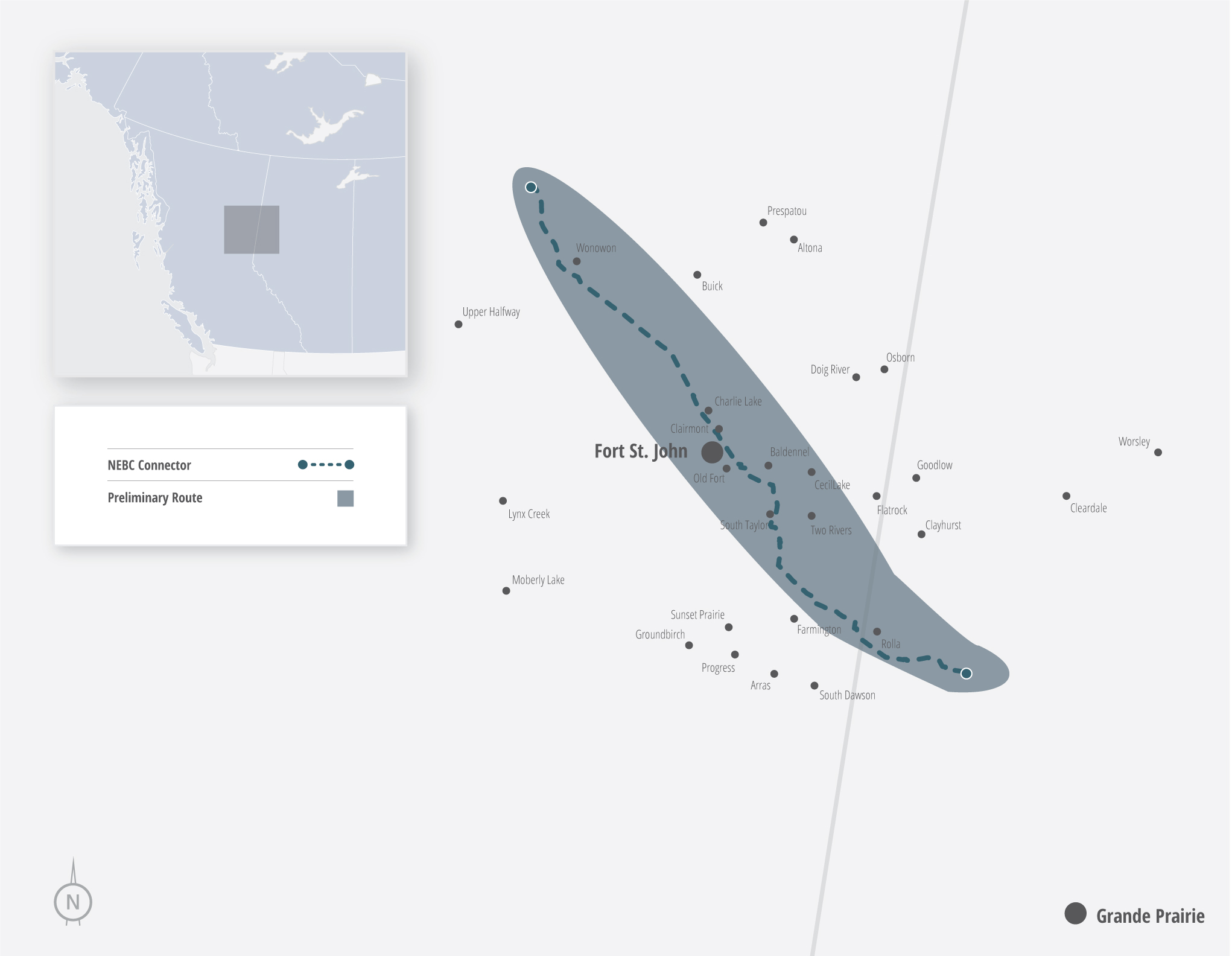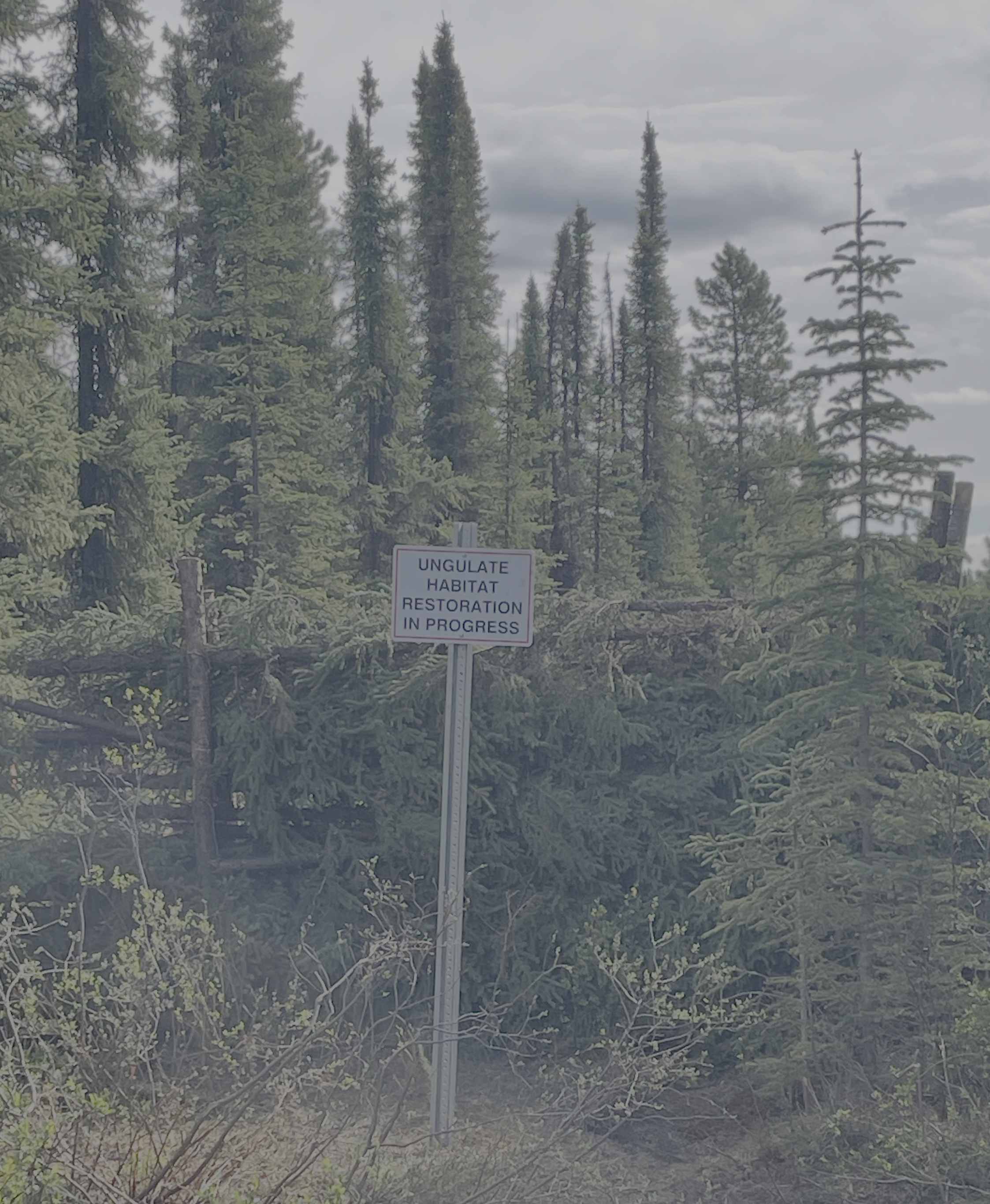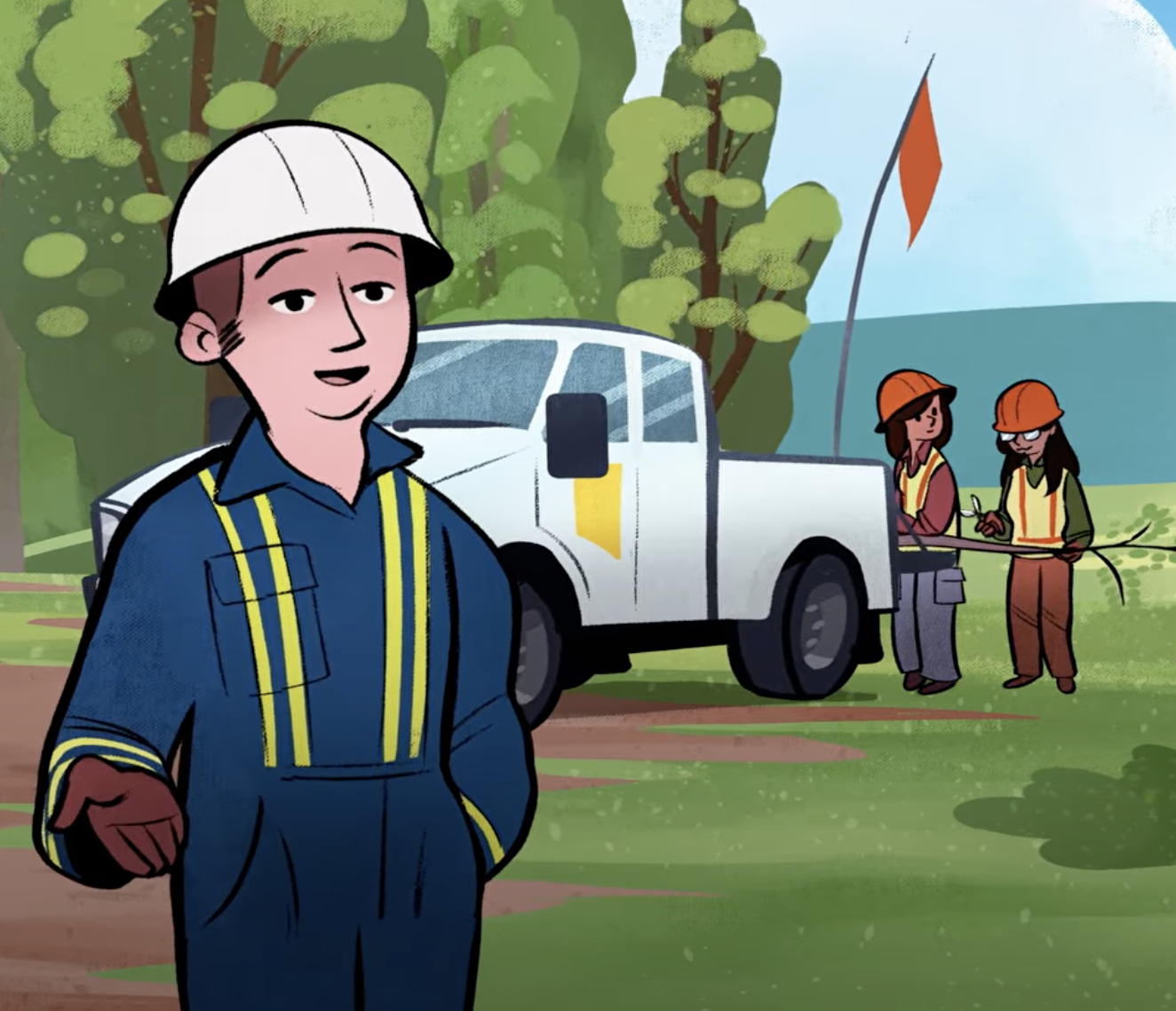Balancing Blueberry’s ability to practice its Treaty rights with a sustainable regional economy
On June 29, 2021 the B.C. Supreme Court ruled that the British Columbia government had breached Blueberry River First Nation’s Treaty 8 rights by allowing over-development of the land in Blueberry’s traditional territory.
The Court directed the B.C. government to change how it approves new development. It ruled that Blueberry and the Province must work together to create new land management rules that balance industrial development with the protection of Blueberry Members’ Treaty rights. These rights — including hunting, fishing, trapping, and gathering food and medicines — are part of Blueberry’s way of life, and the Court emphasized that the cumulative impacts of development on these rights must be properly considered.
On July 28, 2021, the B.C. government announced that it would honour the court’s decision and not appeal the ruling. Blueberry and B.C. began working together on a new, collaborative approach to land management, resource development and restoration in Blueberry’s traditional territory (also called the ‘claim area’).
On January 23, 2023, Blueberry and B.C. announced the Implementation Agreement (IA). The IA sets the direction for how industrial activity will be managed in Blueberry’s traditional territory, including establishing protected areas, stronger environmental standards for future development, wildlife co-management, revenue sharing, and extensive land restoration efforts.
This joint approach to land and resource management addresses the cumulative impacts to the land and ensures the protection of Blueberry’s Treaty rights now and for future generations.
Together, Blueberry and the B.C. are working to balance Blueberry’s ability to practice its Treaty Rights with a sustainable regional economy.
What Is Treaty 8?

Honouring the Treaty 8 Relationship
What did the Court find?
What is the Implementation Agreement?
Implementation Agreement Overview
The Implementation Agreement is a detailed legal document, but the most important information can be summarized into five sections:
- PROTECTION of large areas of Blueberry’s territory, chosen in consultation with Blueberry Members to support their Treaty rights, from industrial developments that would cause new disturbance.
- Other areas, where development can occur, are also protected by STRONGER RULES TO PRESERVE ECOSYSTEM AND CULTURAL VALUES, including old forests, water, and wildlife habitat, and to let the land recover.
- Blueberry will CO-MANAGE WILDLIFE with the B.C. government to make sure that external hunting pressures are not too great, habitat is protected, and to improve wildlife populations.
- REVENUE SHARING and other financial agreements for Blueberry, to ensure that the Nation also prospers from the development that occurs in its territory.
- RESTORATION is a major focus, with Blueberry setting the standards for restoration, and Blueberry members identifying the priority areas for restoration.
